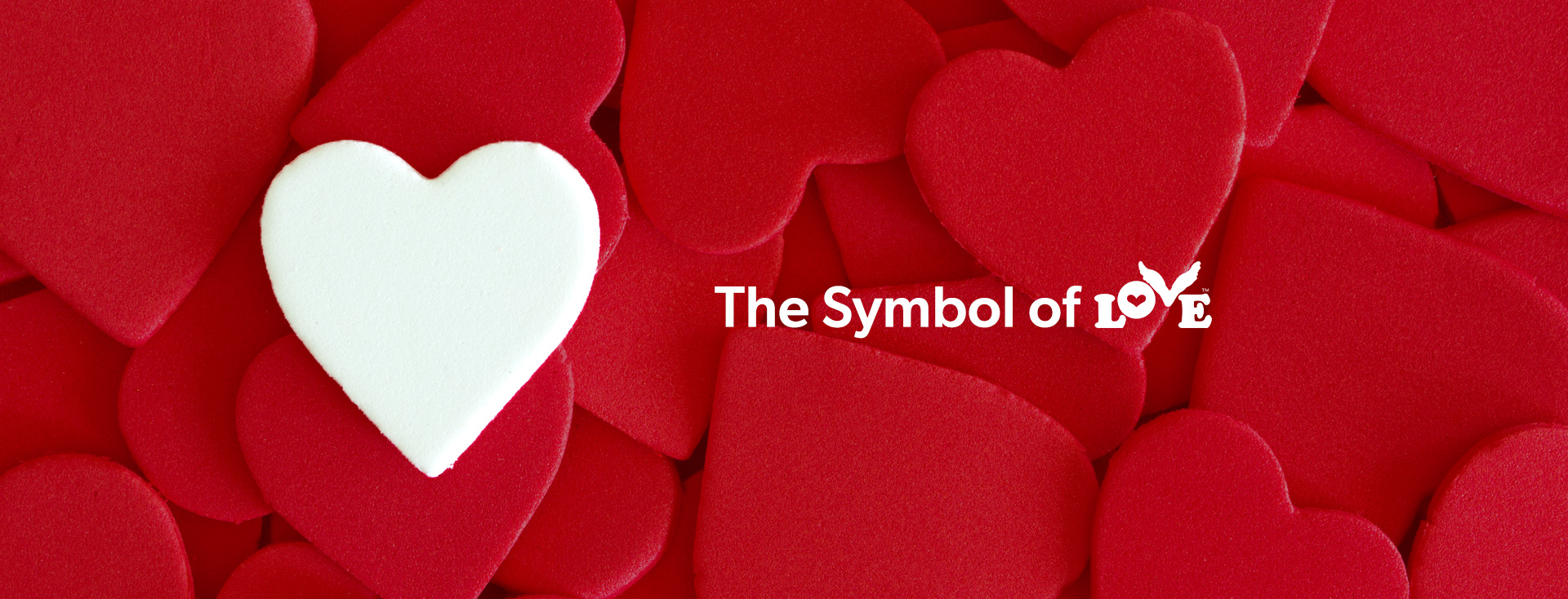
How did the heart icon come to represent love?
Symbols are powerful communicators because they synthesize large amounts of information in a single visual image that’s understood the moment we see them. A cross, Buddhist Taiji or ying/yang symbol, and peace sign all instantly bring to mind a host of specific images and thoughts when we look at them. Symbols have been used for thousands of years to rally people around common causes and to bring them closer to God. Today, symbols are everywhere, and we mostly experience them as company logos. Seeing the Nike swish or McDonald’s “M” also brings to mind specific thoughts.
How and when did the inverted, double teardrop we know today as a heart symbol come to represent love? The truth is nobody knows, but there are some interesting theories.
It’s said that near the ancient Greek colony of Cyrene in 631BC the silphium plant grew abundantly. As a form of giant fennel, its seed pod is dark pink and looks very much like a heart symbol. Some historians speculate that the Greeks and Roman believed the plant had contraceptive properties and used it regularly in their love lives. Hence the heart shape of the seed pod came to be associated with love and romance. Silphium was also important to the Cyrene economy, so its image appeared on its coins.

Some scholars think the heart symbol started with Aristotle who described the heart as having three chambers with a small dent in the middle. When artists and scientists in the Middle Ages attempted to draw this description it may have taken on its classic shape. It was Aristotle who associated the heart with emotion when he said sentiment lived in the heart and not the brain. The Greeks believed the heart was the first organ the body developed and so was the seat of the soul.
In a 14th century painting of the Four Horsemen of the Apocalypse hearts can be seen painted on the rear haunches of some of the horses. Considering the context of the painting, no one knows why the symbols are there. Perhaps they were symbols of protection in war.
In the 17th century, the Catholic church popularized the heart as a symbol of love and devotion when images of the Sacred Heart of Jesus were appearing in stained glass in cathedrals all over Europe. Earlier during the Renaissance, hearts had already been established as one of the suits in playing cards, and they were appearing regularly in tapestries.
It was also in the 17th century that exchanging valentines became popular in England. By the time the Victorians came along in the early 19th century, the heart was firmly ensconced as the official symbol of romantic love. See our feature on “Who was St. Valentine?” for more information on the history of love.
JOIN THE MOVEMENT
Subscribe to our newsletter and receive inspirational stories delivered to your inbox that spread love, updates on our movement, and notifications on upcoming deals & events.




